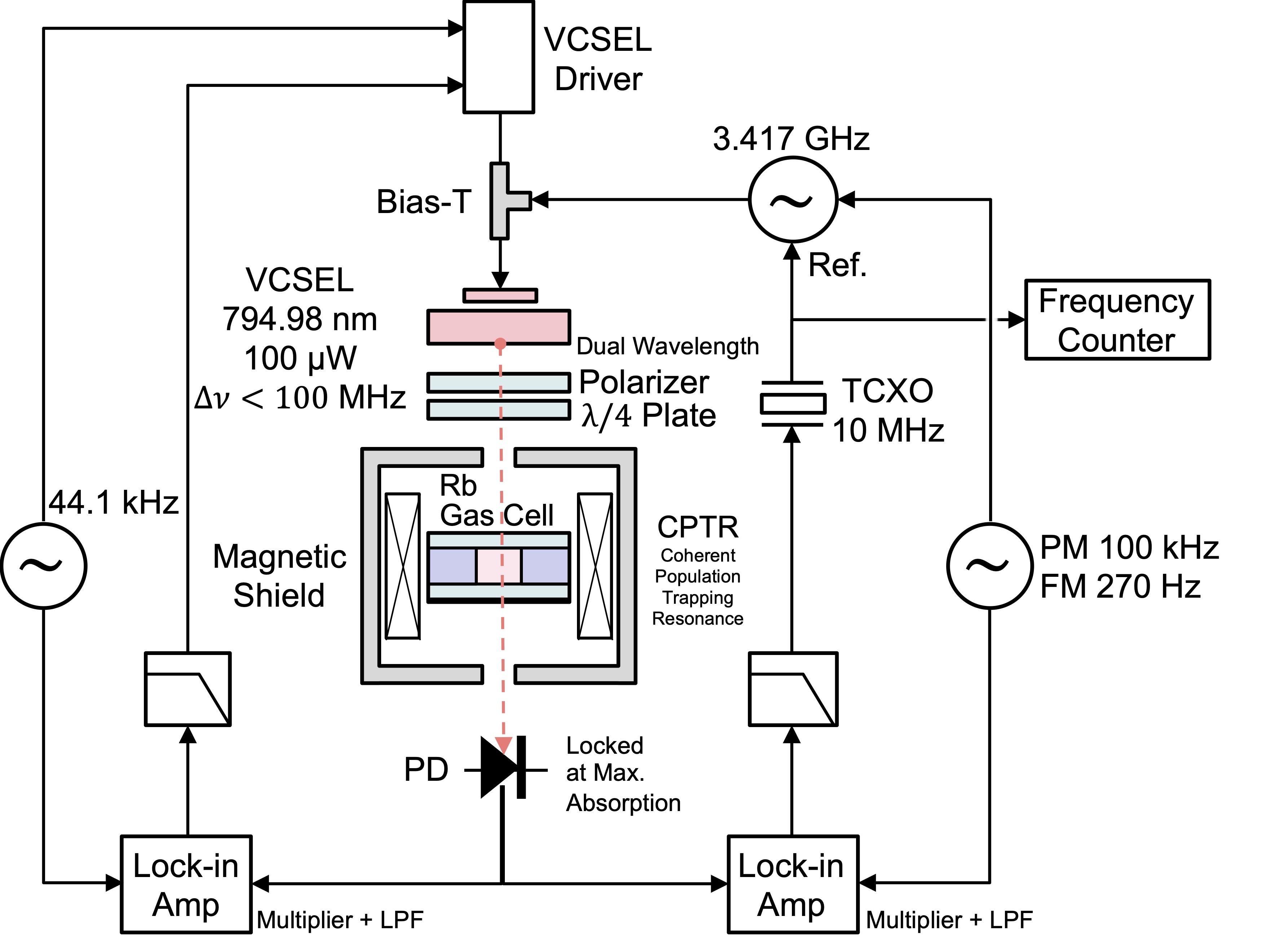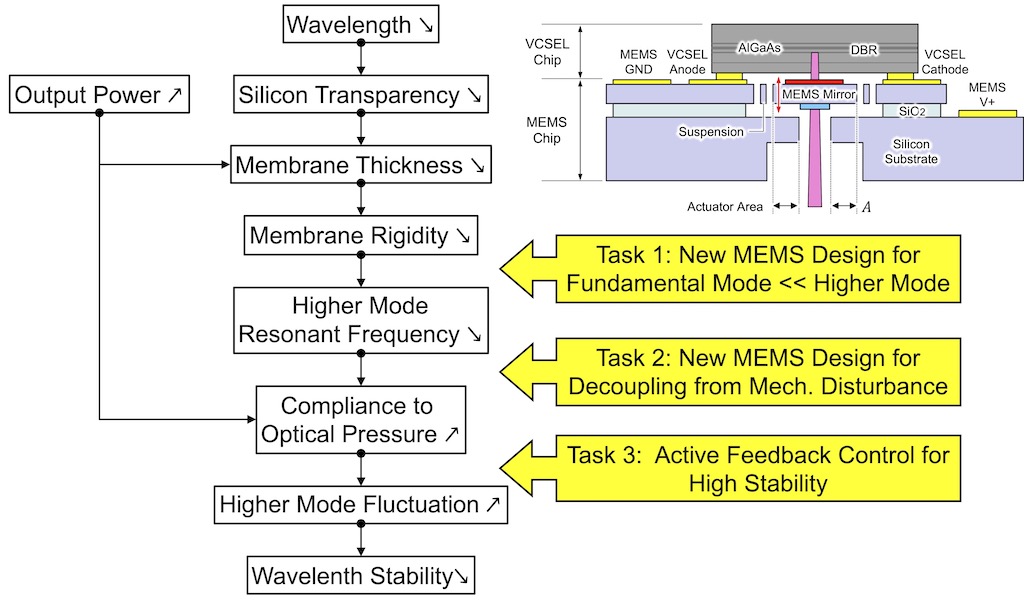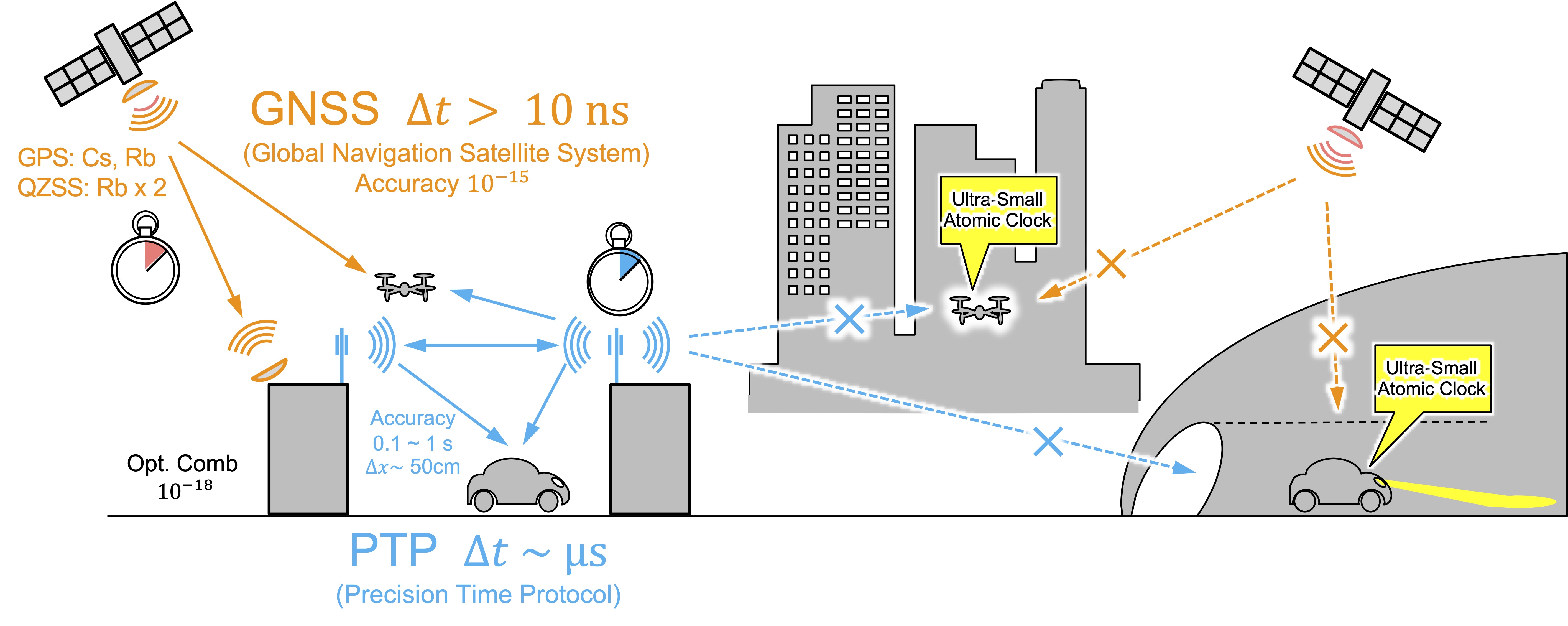![[PukiWiki] [PukiWiki]](image/XYstage.jpg)
![[PukiWiki] [PukiWiki]](image/XYstage.jpg)
LIMMS/CNRS-IIS IRL 2820 (Laboratory for Integrated Micro Mechatronic Systems) is an international laboratory between the CNRS (Centre National de la Recherche Scientifique), France, and Institute of Industrial Science (IIS), The University of Tokyo, located in Komaba, Tokyo, Japan. LIMMS has more than 27 years of experience in international cooperative research and has welcomed more than 300 researchers from France and Europe.
LIMMS opens a new postdoctoral position in the laboratory led by Professor Hiroshi Toshiyoshi, Institute of Industrial Science, The University of Tokyo. The lab is known as a hub for industrial R&D on MEMS (microelectromechanical systems) for more than 20 years, with over four commercial MEMS products including optical components for fiber telecom applications, medical diagnostic tools such as optical coherence tomography (OCT), and vibrational energy harvesters as a power source for distributed IoT sensors.
The principal investigator and his colleagues at the Institute of Industrial Science (IIS), The University of Tokyo, have been working on the development of a wavelength-tunable laser diode that is composed of a compound semiconductor LD (laser diode) chip mounted on an electrostatic MEMS Fabry-Perot interferometer. A slight mechanical motion of the Fabry-Perot interferometer caused by the electrostatic force of the applied voltage alters the effective external cavity length of the laser diode, thereby changing the lasing wavelength. This first model of wavelength-tunable LD (center wavelength ~ 1 µm) is used in an OCT (optical coherent tomography) system, which has been practically used as an ophthalmologic diagnostic instrument.
Based on this technological development, we plan to upgrade the entire system compatible with shorter wavelengths of around 794.98 nm to excite the gas cell of an atomic clock. The ultimate goal of this project is to develop an ultra-small atomic clock of less than 1 cubic centimeter for the spatio-temporal synchronization of distributed IoT systems with an accuracy better than 1 microsecond. The project is part of a national program led by the Ministry of Internal Affairs and Communications (MIC); they design the future of technology that will require a vast number of such compact atomic clocks in the coming years to precisely control drones, flying vehicles, and high-speed online commerce.
The overall project involves (1) fabrication of AlGaAs/GaAs-based heterostructure solid-state active LD chips, (2) development of electrostatically tunable Fabry-Perot interferometer mirrors made in a silicon-on-insulator wafer, and (3) development of the tunable wavelength LD chips. Our team at the IIS and LIMMS is primarily responsible for the tasks (2) and (3) of the project, developing a prototype MEMS Fabry-Perot interferometer using the lab’s MEMS fabrication utilities. We have a complete set of processing equipment such as the photolithography processing tools and silicon deep RIE machines. After an in-house R&D process, we transfer the fabrication technologies and know-hows to the collaborative industrial partner who is responsible of the commercialization of the wavelength-tunable LD to be used in yet another product line of atomic clock.
Candidates applying for this position are expected to have a strong background in fiber-optics or MEMS processing (or vacuum processes for semiconductor electronics). The former skills include optical component assembly and optical characterization based on the fiber-telecom technology. The latter includes processing skills for, for instance, photolithography, vacuum evaporation, sputtering, reactive ion etching (RIE), and deep DRIE. Skills in chemical handling in draft chambers are preferred. Master-level knowledge on MEMS actuator design is required, including the understanding of the keywords such as electrostatic forces, Gauss’s law, harmonic analysis, eigen frequency, resonant frequency, quality factor. Also the knowledge on electromagnetic physics and semiconductor physics is required, including the keywords such as the Maxwell’s optical pressure, band gap, and depletion layer of PN-junction. Those who have skills in mask design (L-Edit) and FEM analysis (COMSOL) are welcome.
Suppressing the electromechanical instability of MEMS Fabry-Perot interferometers is a crucial issue at the moment of project for stable operation of the atomic clocks. Candidate researchers are expected to work with existing team members to develop new MEMS designs and control techniques to reduce instability by a factor of 100. The instability of the device is probably due to the coupling between the electrostatic force caused by the applied control voltage and the unexpected disturbance caused by the optical pressure of the electromagnetic field of the laser confined at high power density within the small optical cavity. Therefore, the candidate researchers are expected to command flexible thinking skills in muti-disciplinary field spanning electronics, physics, and mechanics. The candidate researchers are encouraged to present the results of their projects at international conferences as well as in prestigious journals.

Miniaturization of Wavelength Tunable VCSEL for Atomic Clock
Reference

Schematic illustration reconfigured with reference to

